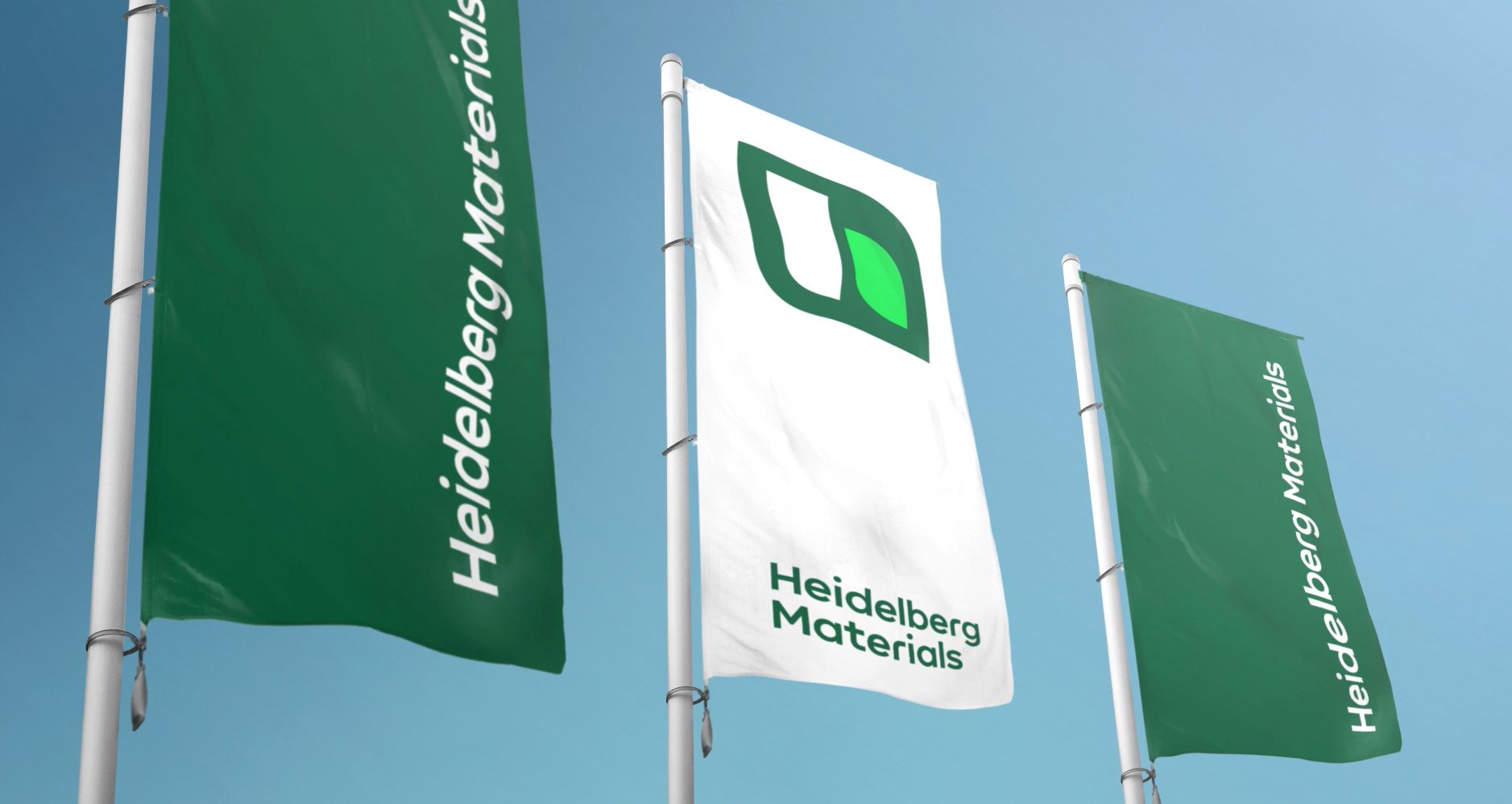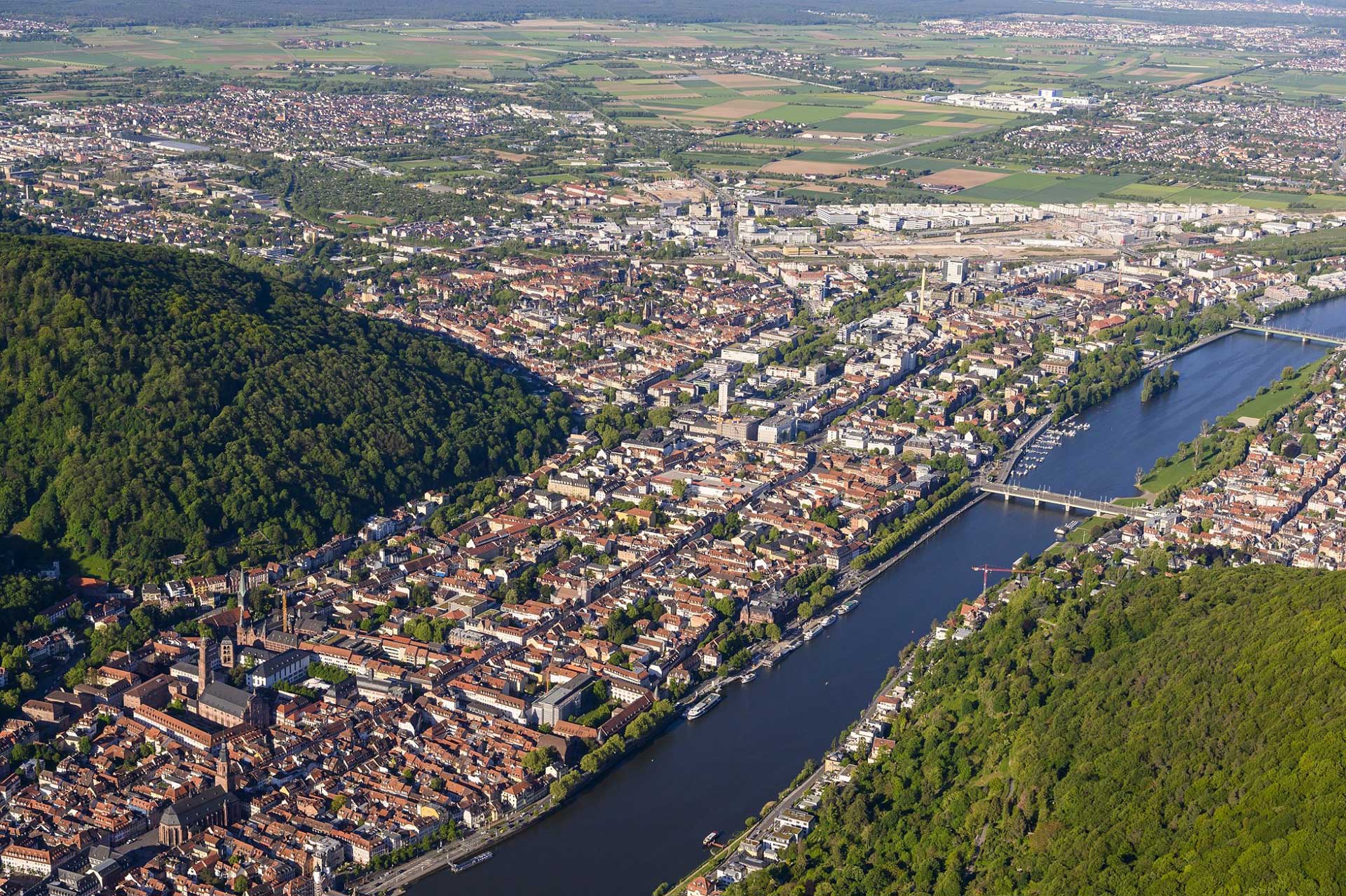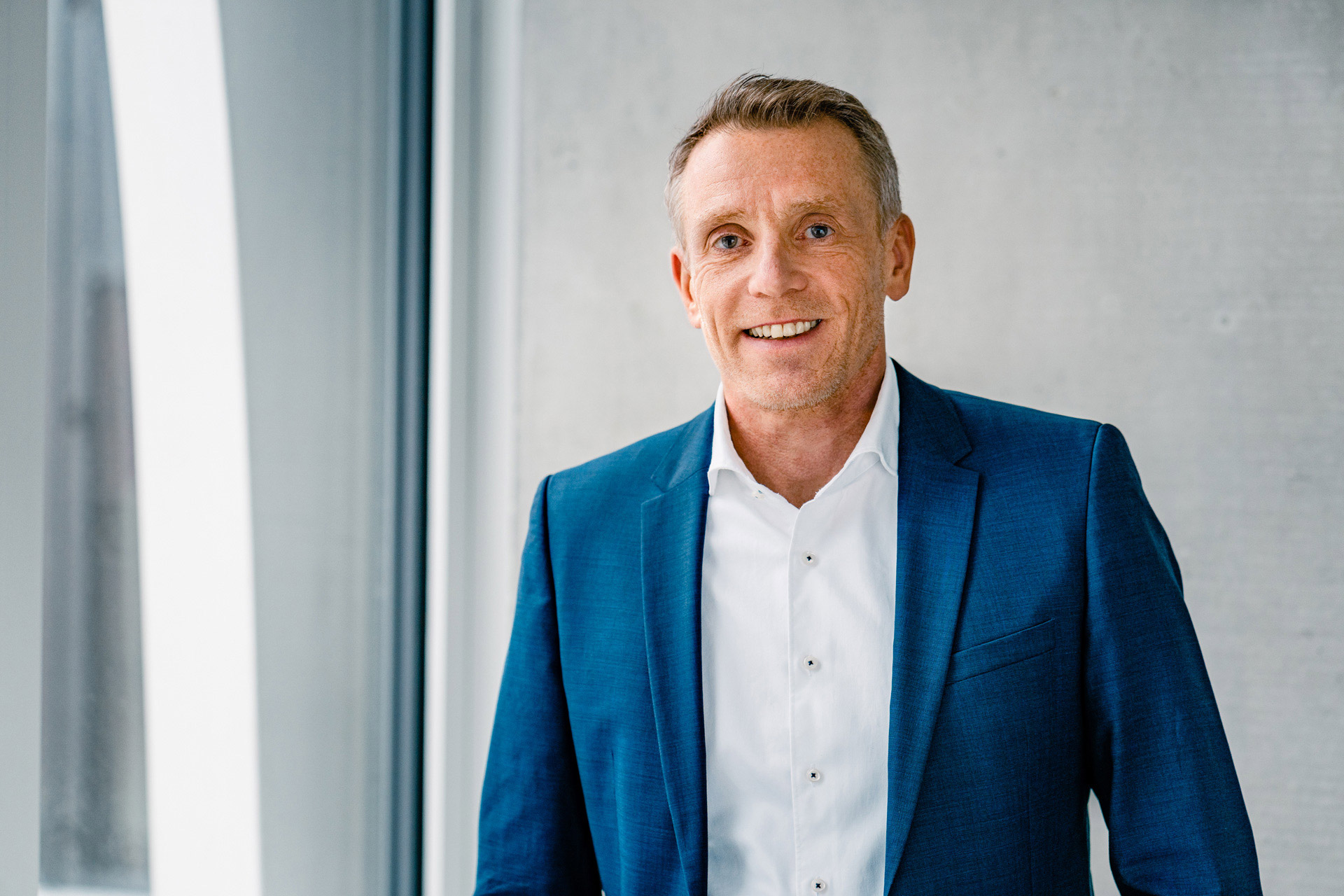“Circular City Heidelberg”: HeidelbergCement is part of Europe's first municipal urban mining project
-
HeidelbergCement is a partner in the “Circular City – Building Material Registry for the City of Heidelberg” pilot project
-
“Circular City” aims to simplify the reuse of construction and demolition waste
-
In the future, the aim is to separate demolished concrete into its components and return it to the construction cycle
HeidelbergCement supports the pilot project “Circular City - Building Material Registry for the City of Heidelberg” as a partner: Through the project, in which Drees & Sommer SE and the materials platform Madaster are involved alongside HeidelbergCement, Heidelberg is the first city in Europe to apply the principle of urban mining, in which construction and demolition waste is to be reused in new construction projects in the sense of circular economy. Conception lies with the environmental consultancy EPEA, a subsidiary of Drees & Sommer.
“Full circular economy and sustainable construction are central elements of our climate strategy,” says Dr Dominik von Achten, Chairman of the Managing Board of HeidelbergCement: “We want to continue to significantly reduce our carbon footprint in the coming years. In doing so, we are focusing on the life cycle assessment of our product, concrete – including the processing of demolished concrete and returning it to the construction cycle. By 2030, we want to offer circular alternatives for half of our concrete products. Together with the city of Heidelberg, also a pioneer in the area of climate protection, we want to use the Circular City project to demonstrate the enormous potential of concrete recycling for future urban construction.”
The goal is the complete economic and ecological analysis of the city's building inventory, which will be compiled in a digital material registry. The basis for the registry is the Urban Mining Screener developed by EPEA. This programme can estimate the composition of buildings at the push of a button, based on building data such as location, year of construction, building volume or building type. Based on this information, landfills and processing areas can, for example, be planned accordingly and local value creation can be triggered through local supply chains and new business models.
In the future, demolished concrete is no longer to be disposed of in landfills or roadbeds, but rather crushed and separated into its components using innovative processes and returned to the construction cycle. As part of the “ReConcrete 360°” project, HeidelbergCement is currently also working on a process to incorporate CO₂ into recycled concrete, thereby reducing CO₂ emissions in cement production.
About HeidelbergCement
HeidelbergCement is one of the world’s largest integrated manufacturers of building materials and solutions, with leading market positions in aggregates, cement, and ready-mixed concrete. More than 51,000 employees at nearly 3,000 locations in over 50 countries deliver long-term financial performance through operational excellence and openness for change. At the center of actions lies the responsibility for the environment. As forerunner on the path to carbon neutrality, HeidelbergCement crafts material solutions for the future.


